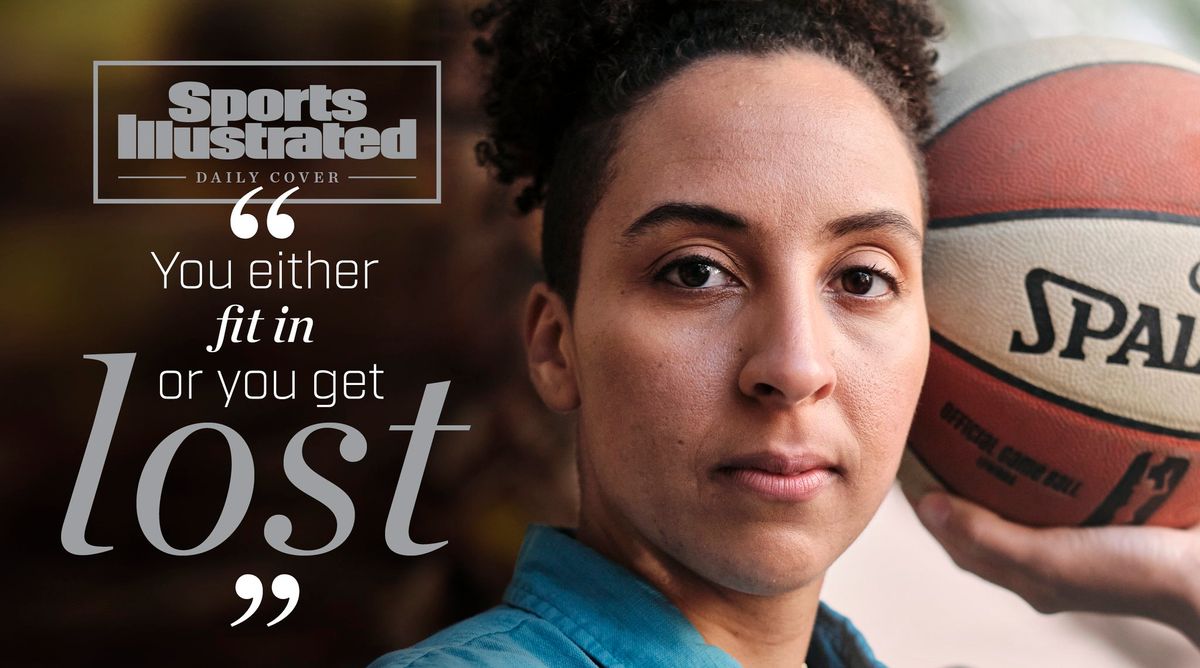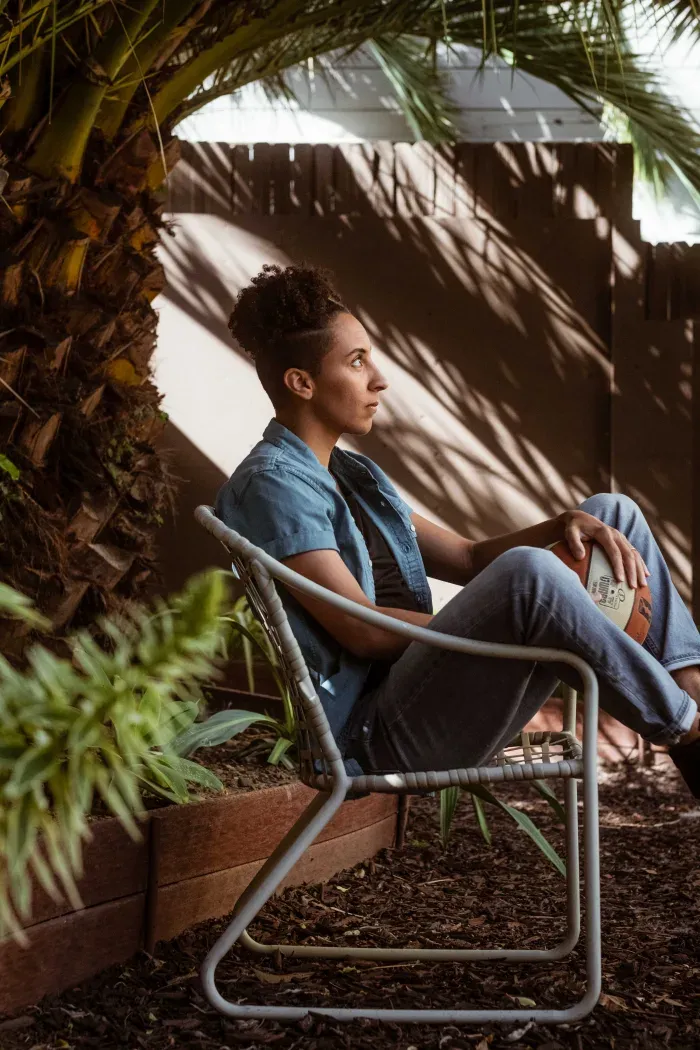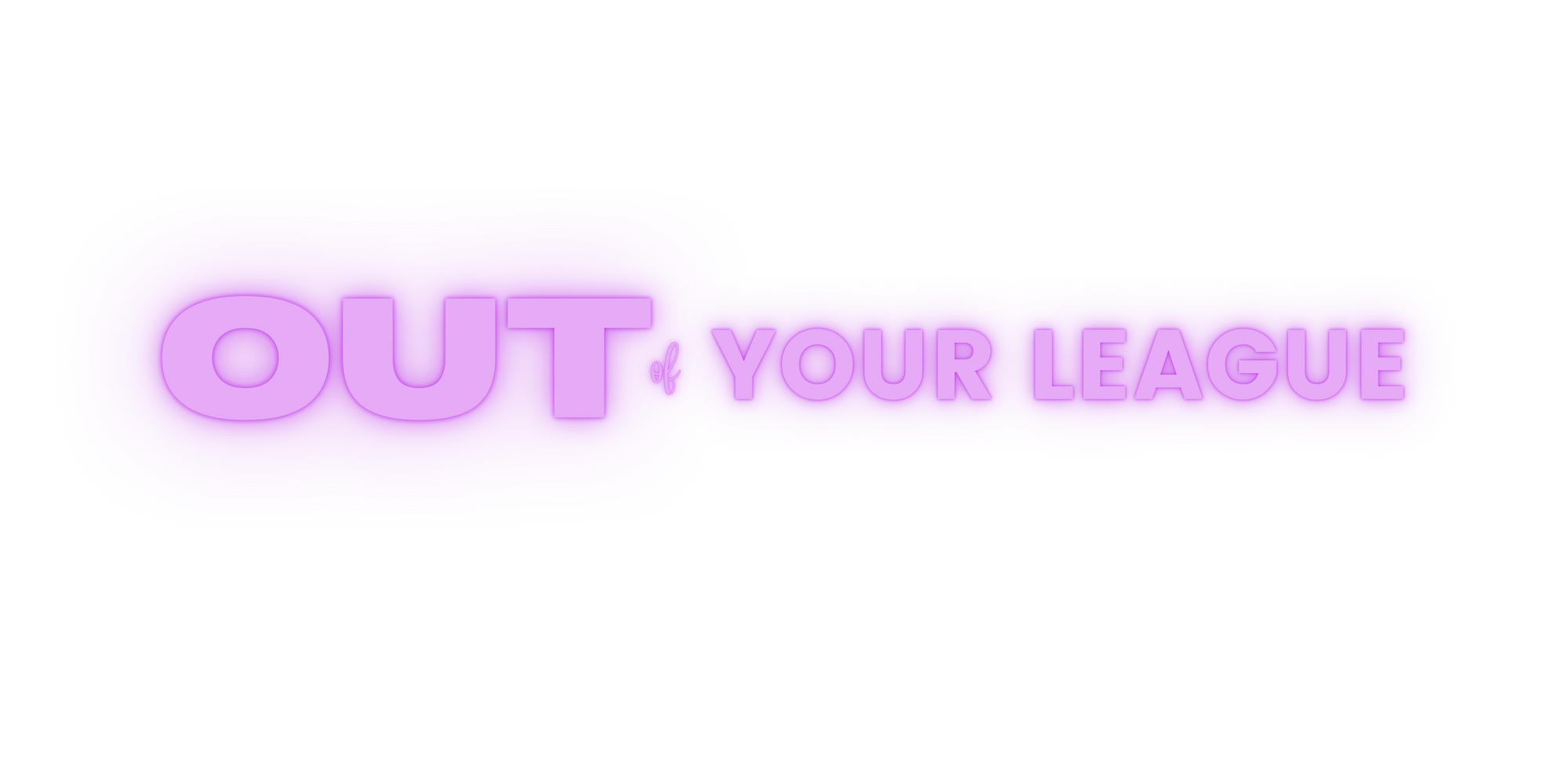I DID THAT: Non-binary representation at Sports Illustrated

Today I published a piece I've been working on for the past six months but thinking about much longer than that. My Sports Illustrated debut is today's digital daily cover: an in-depth feature on where non-binary athletes fit into the conversation around trans athletes in the binary world of sports. The beautiful photos are by Brandon Ruffin.
SI Daily Cover: Living nonbinary in a binary sports world https://t.co/gcaXldO4Xj pic.twitter.com/SNhM8gNjUF
— Sports Illustrated (@SInow) April 16, 2021
I want to start by saying how grateful I am that Layshia Clarendon, Quinn, and Rach McBride trusted me with their stories. When I reached out to Clarendon last December, I didn't know they were planning to have top surgery in just a few short weeks. My timing was fortuitous, but more than that, Clarendon had to unexpectedly decide whether he wanted to participate in this story at all. Lucky for me — for all of us, really — she decided she would speak to me. Over the course of the next few months, we spoke several times.
To me, this story is significant for a few reasons, and I want to point them out to you and also bring you along on my thought process while I was writing this piece.
Clarendon uses multiple pronouns (she/he/they), and they are used in this story interchangeably.
I don't know that I've ever really seen a mainstream publication go all-in on multiple pronouns the way SI allowed me to here. Thank you to my editor, and SI's copy chief, Julie Kliegman, for really going to the mat for me and Clarendon on this one. The Trans Journalist Association has a style guide that says "pronouns are only confusing if your story is poorly written." I took that as a challenge. When someone uses multiple pronouns, defaulting to just one is an act of erasing parts of their identity. I'm glad I did not have to do this here.
From a copy nerd perspective, you’ll note that we seamlessly use multiple pronouns (he/she/they) for Layshia, because Layshia uses multiple pronouns! Editors (and all humans), take note! Want to also shout out @TransJA’s style guide here: https://t.co/AUrda5FuPm
— Julie Kliegman (@jmkliegman) April 16, 2021
I've seen multiple pronouns used in stories with a disclaimer that they were used that way because the subject asked for it. We wanted to avoid that here because the reason we used all their pronouns was because... those are their pronouns. No justification needed.
I broke the cardinal rule of writing about trans people (one that cis journalists break on a regular basis): I opened with a description of surgery/body/dysphoria.
But I was intentional about why I did so, breaking the fourth wall to tell the reader that I knew I was breaking this rule and why I was breaking this rule. It was a nod to trans people that I know this is a trope, and an educational moment for cis readers, who may not even know it's often considered bad form to center bodies and surgery in trans stories.
I wanted to open with Clarendon's decision to have top surgery because it would set up all the questions the story would answer going forward. I also wanted to show the stakes: that trans athletes could have their career hinge on transition-related decisions they make about their bodies. I also wanted to be very clear that what was hard for Clarendon about this wasn't the medical decision, but about not knowing whether a world not built for them would accept that decision. The problem is not the trans person, the problem is the system that erases them.
I highlighted the way trans inclusion policies that hinge on testosterone exclude not just transfeminine people from competing, but transmasculine people, too.
So often, testosterone levels are used to police the womanhood of trans women and keep them out of women's sports. But I never see the other side of the coin talked about — the way AFAB athletes may have to choose between their career and pursuing gender affirming care. When the NWHL's Harrison Browne, who retired so he could start HRT, told me he would still be playing if the league allowed it, it was an "oh, shit" moment for me. The policies that are being put in place in the name of inclusion could end up excluding the very athletes they claim to be supporting.
I also want to give credit to Andrew at The Victory Press, who was writing on the ways T-based inclusion policies impact transmasculine and AFAB non-binary people years ago.
While this piece isn't about me, in some ways, it is. It is for me and for people like me, who do not see ourselves represented in sports. I cried when I saw the cover photos last night. I have cried multiple times today as I am blown away by the response to this work, a piece I was so terrified to release into the world, so worried I had gotten something incredibly wrong.

Thank you for reading.
